WWII bombing decoy sites in the South Pennines
‹ Return to Air raids & bomb sites
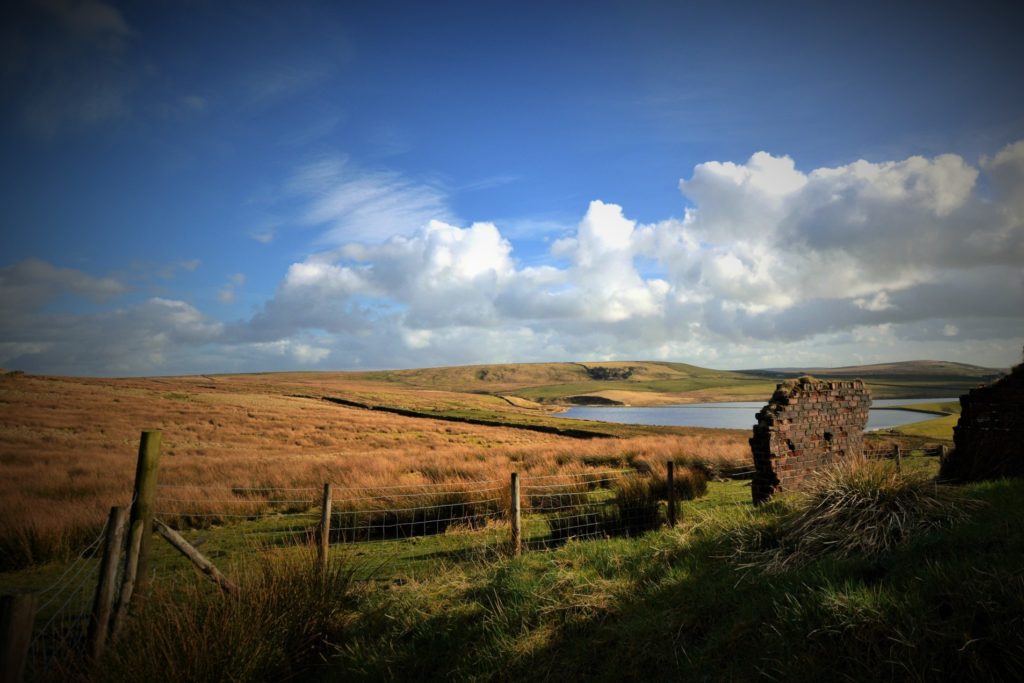
Bombing decoys in the South Pennines
This page has photos, grid references and details of the 5 Accrington decoy sites plus a few other related sites. All links will open in a new tab.
EDIT 02 AUGUST 2015 I am grateful to Rick at Lancashire at War for providing details of the Heap Clough (Haslingden) decoy. As a result, I have edited the part about the site at Haslingden Grane with new photos and corrected grid refs after making a second visit.
There is a lot of misunderstanding about the Accrington decoys and as Rick points out on his site, they were not ‘Manchester on the Moors’ (there were decoy sites at Carrington Moss for Manchester), nor were they decoy airfields with dummy aircraft.
Starfish sites were bombing decoys and were so called after the initials of the first one (SF = Special Fire). The original name for them was ‘crashdecs’ but this was dropped. These sites around Accrington are examples of such decoys which can be found all over the country.
The need for decoys came about when it was discovered that Luftwaffe night bombers were using radio beams to keep bomber streams on target which improved the accuracy of the bomb aimer.
A transmitted note sounded which the wireless operator would listen to. Variations in its pitch meant the German bomber was straying off track and an intercepting signal let the wireless operator know when the bomber was almost over the target. This first wave of bombers would light up the target for successive bomber waves to drop on.
The technology was far from foolproof but nevertheless presented the British government with the serious problem of how to defend targets at night. Decoy sites were a solution which had some success. The decoys mimicked burning towns and ports and were sited in areas away from the target, on the moors or on remote farmland.
The first wave of Luftwaffe bombers in an attack would use the radio beam technology and as with the Pathfinder squadrons of the RAF, drop their incendiaries and markers on target. Once the codebreakers at Bletchley Park had identified the targets for the night and the German Pfadfinder units had dropped their payloads marking the actual target, the idea was for the decoy fires to be lit in advance of the next wave of bombers. Successive waves of bombers would hopefully drop their bombs on the fires below and not the Pfadfinder target marking fires, especially if there was a lot of Anti-Aircraft fire ahead which tended to deter most bomber crews.
However, once spotted, the location of these sites was noted and the information passed on to other bomber crews who sometimes learned to ignore them.
Below; Great care was taken with the creation of decoy fires. The sites consisted different types of fires, often baskets filled with wood and coal and creosote or the more dramatic oil fires where fuel was poured along a channel into a tray, into which water was added from time to time making spectacular explosions. This is my attempt at colourising a photo. It’s not great but you can imagine how these fields must have looked at night!

Below; What are believed to be craters at Cribden near Rawtenstall from bombs which fell on the morning of April 16 1941. The Halo Panoptican at Haslingden is circled beyond. These are not close enough to any of the decoys to have been diverted by them. See map below.
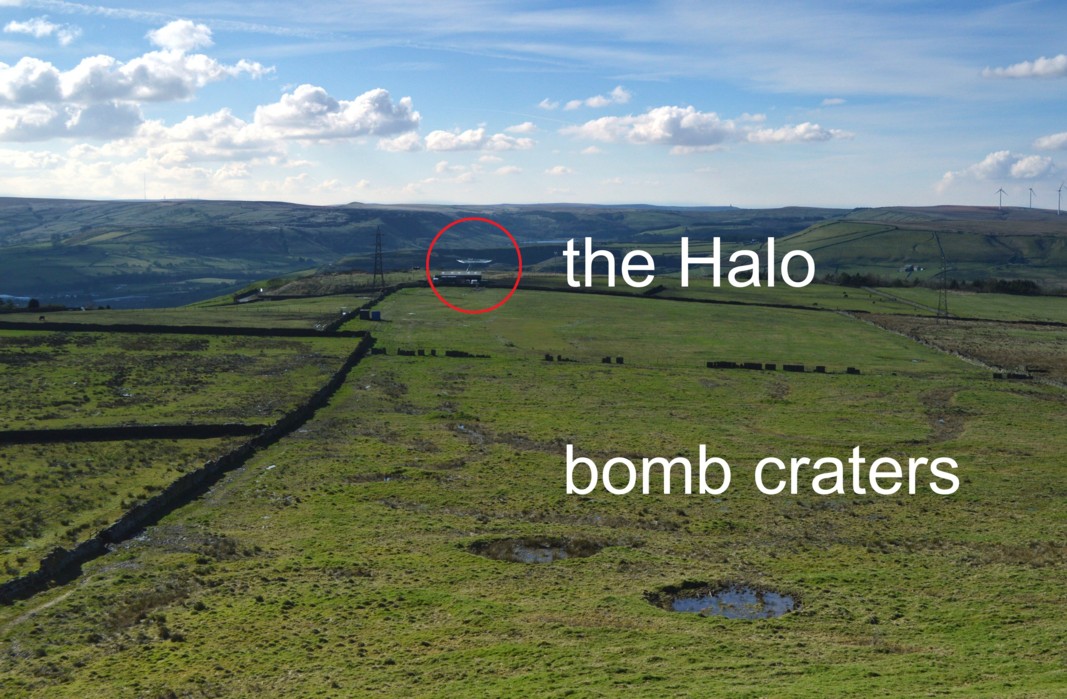
Other types of decoy sites included QL sites which mimicked lighting at railway marshalling yards and even copied the effects of light being leaked from what should have been a thorough blackout; bare lights at night would not have been tolerated in a blackout and thus the bluff would not have worked.
Below;
1. Army decoy at Rushy Hill for the Royal Ordnance Factory at Blackburn (see below).
2. The bomb craters at Cribden
3. Accrington decoy
4. Haslingden decoy
5. Hameldon Hill decoy
6. Crown Point decoy
7. Worsthorne decoy
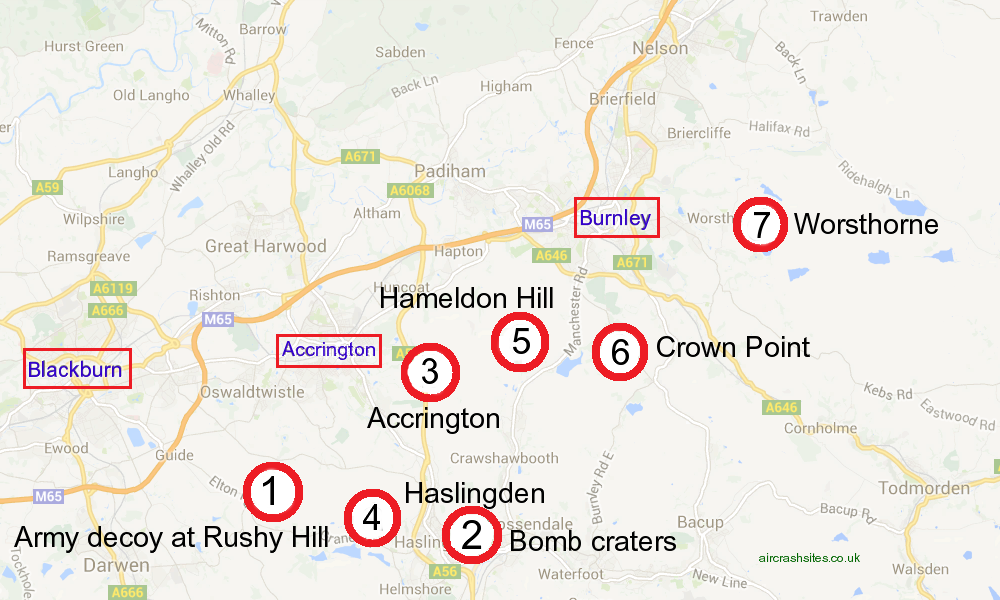
The following photos and grid references relate to the decoy sites protecting the town of Accrington. There were 5 in all; one south east of the town (the site is called Accrington), one at Worsthorne which is east of Burnley, another on Hameldon Hill which is east of Accrington, at Crown Point south of Burnley and at Haslingden in Rossendale.
SD 796 279 is the parent Accrington site, according to Dobinson in his book ‘Fields of Deception’ (which is the main reference for these places) . That grid ref puts you at a place called Snipe Hole which is 700 – 800m east of the building at SD 787 278; these decoys covered large areas.
Below; Looking through a hole in the blast wall at the Accrington starfish site towards the decoy field in which fires were lit .
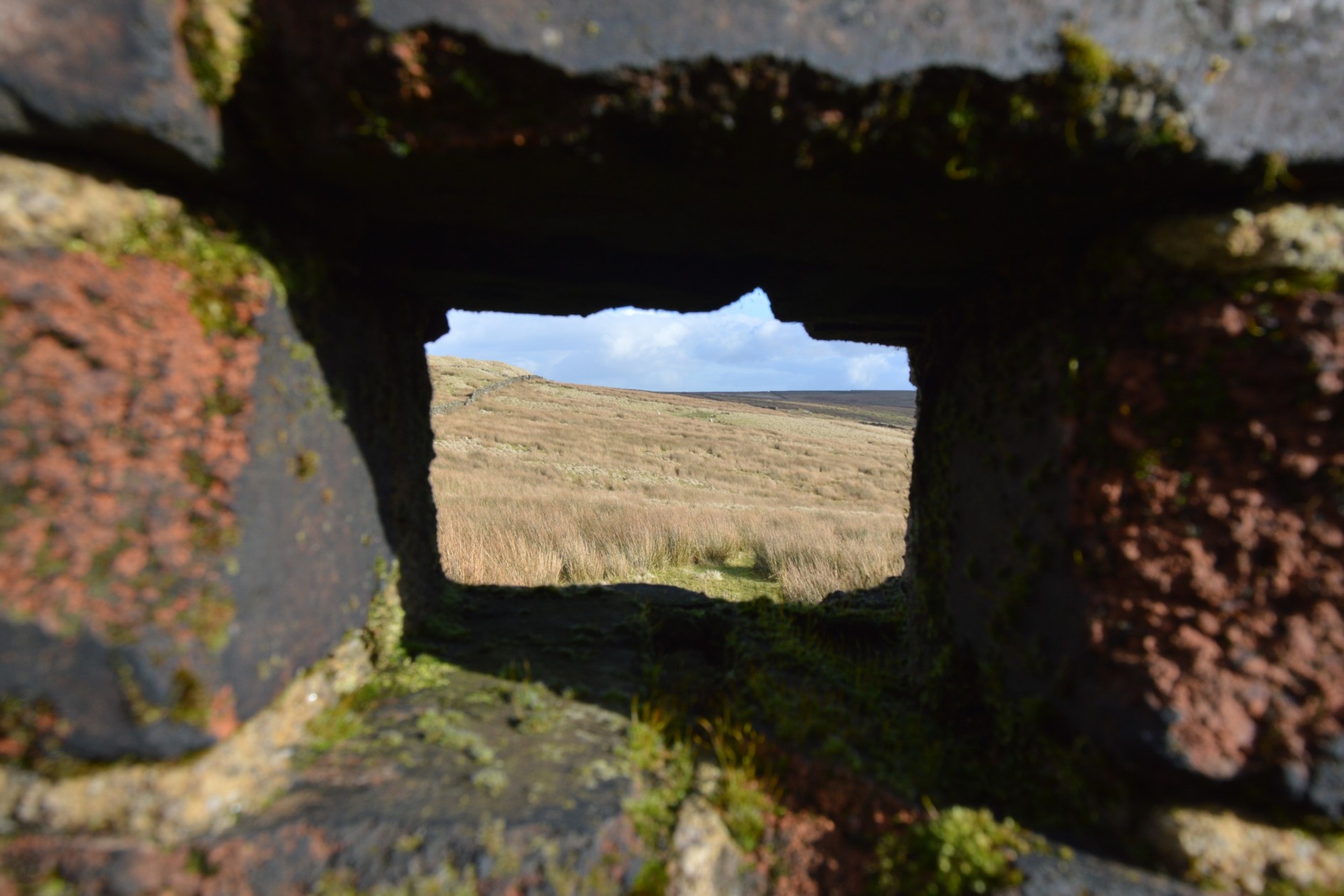
Below; Google map showing location of the building and the spot identified by Dobinson as the Accrington decoy.

Below; My plan of the control building at Accrington which still remains on the moors. This is typical of the layout of decoy site control buildings.
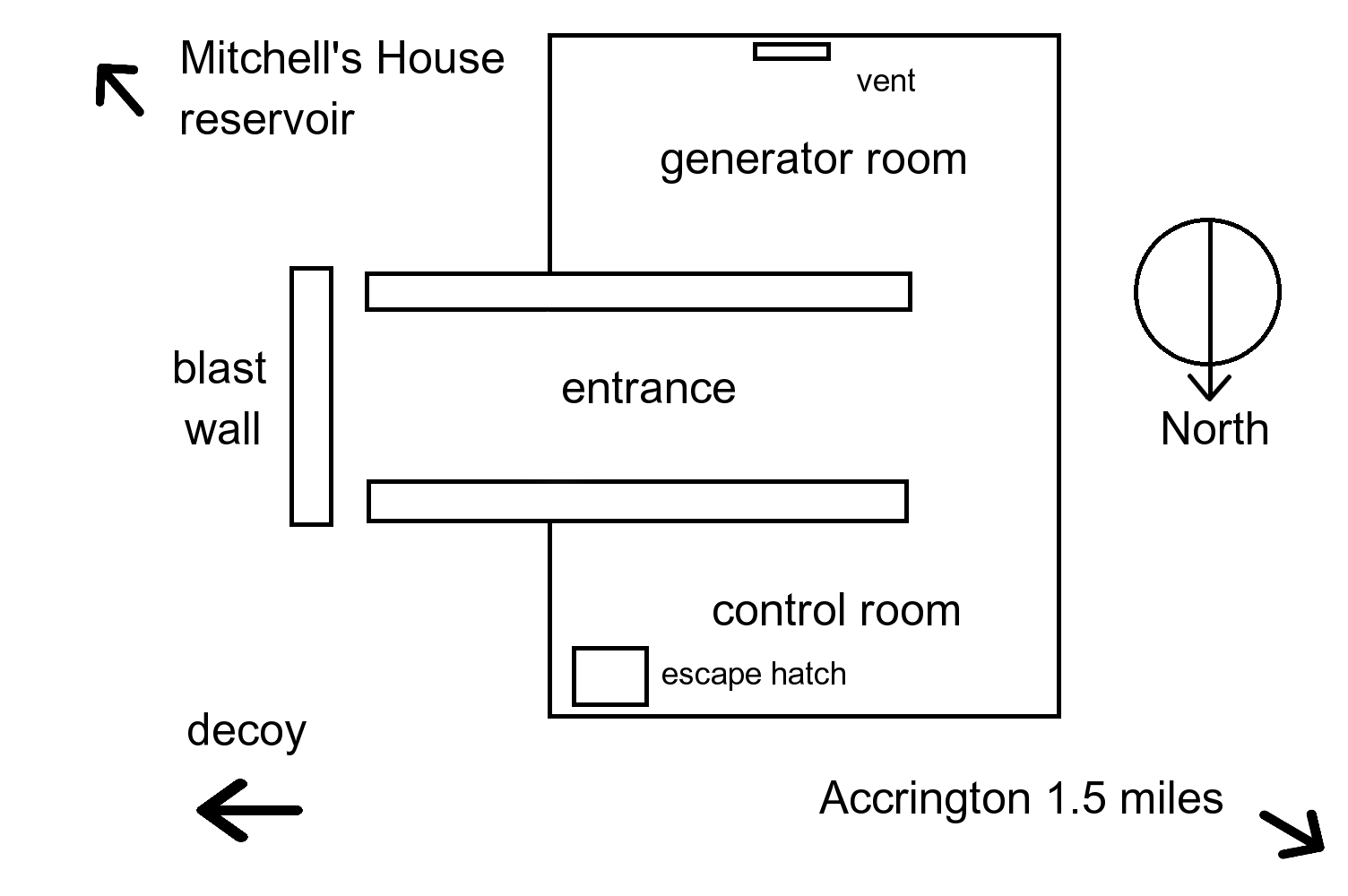
Below; Entrance to the Accrington control building
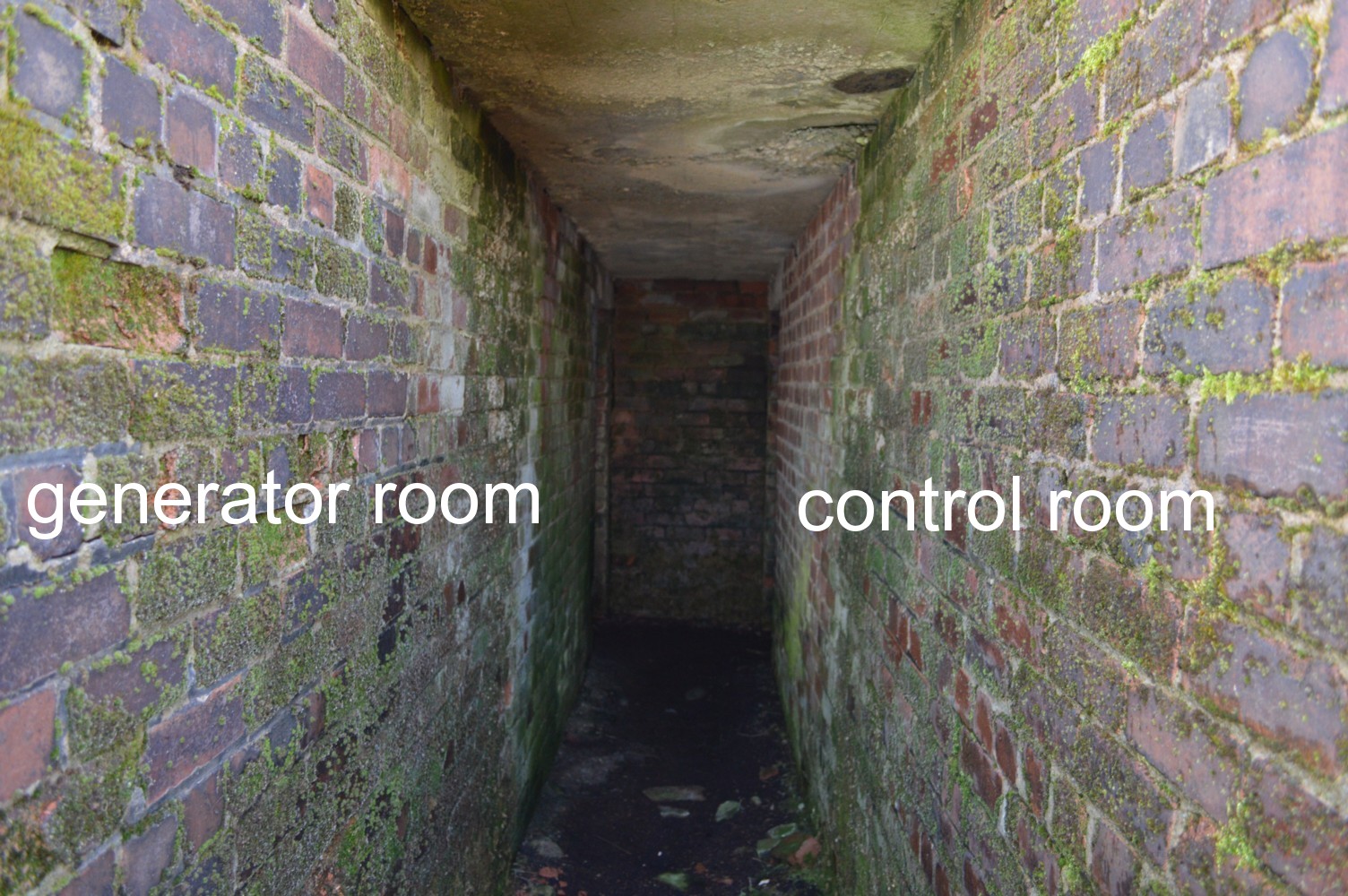
Below; Blast wall protecting the entrance to the Accrington control building.

Below; Operations Room at Accrington
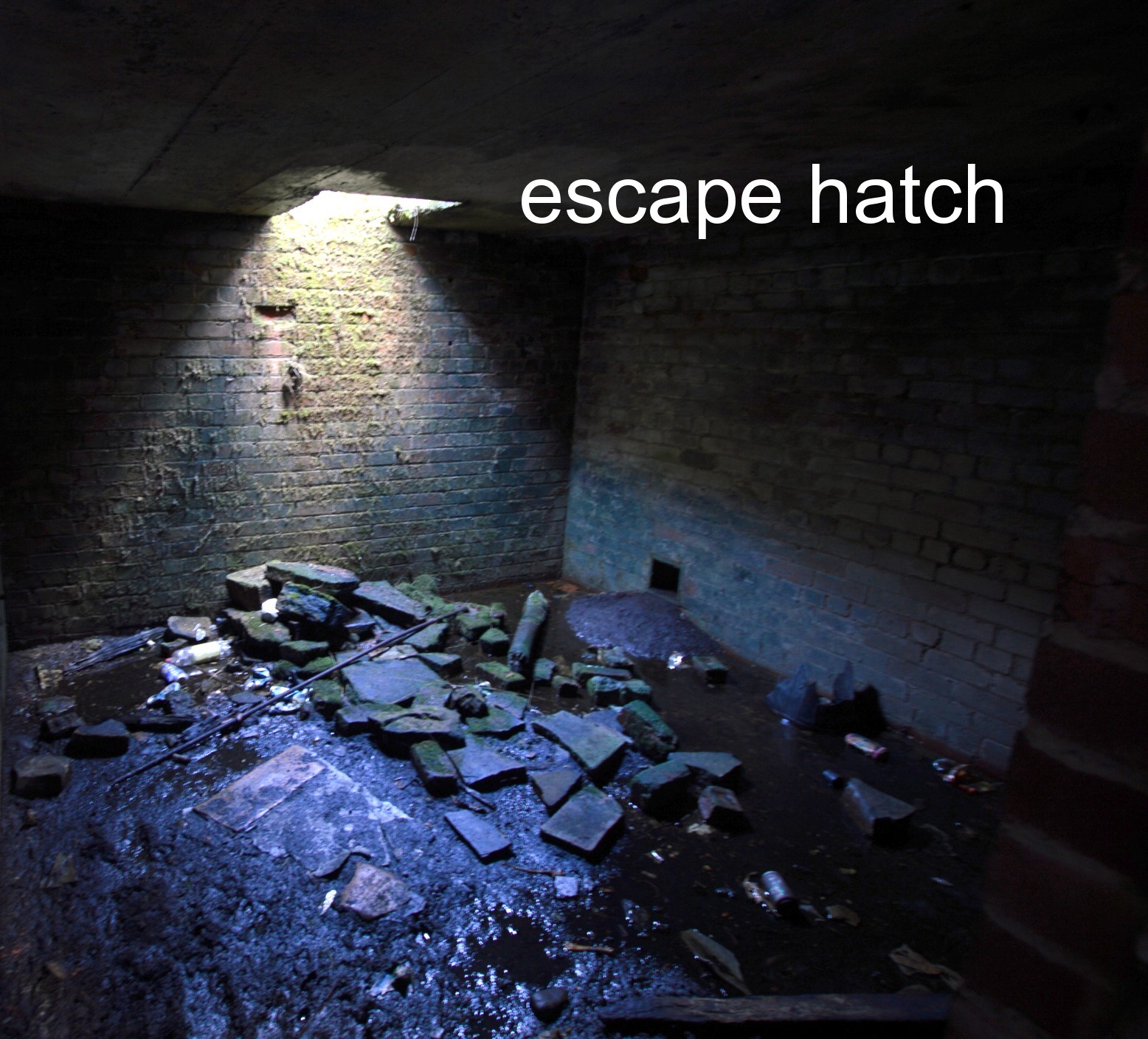
Below; Generator Room at Accrington
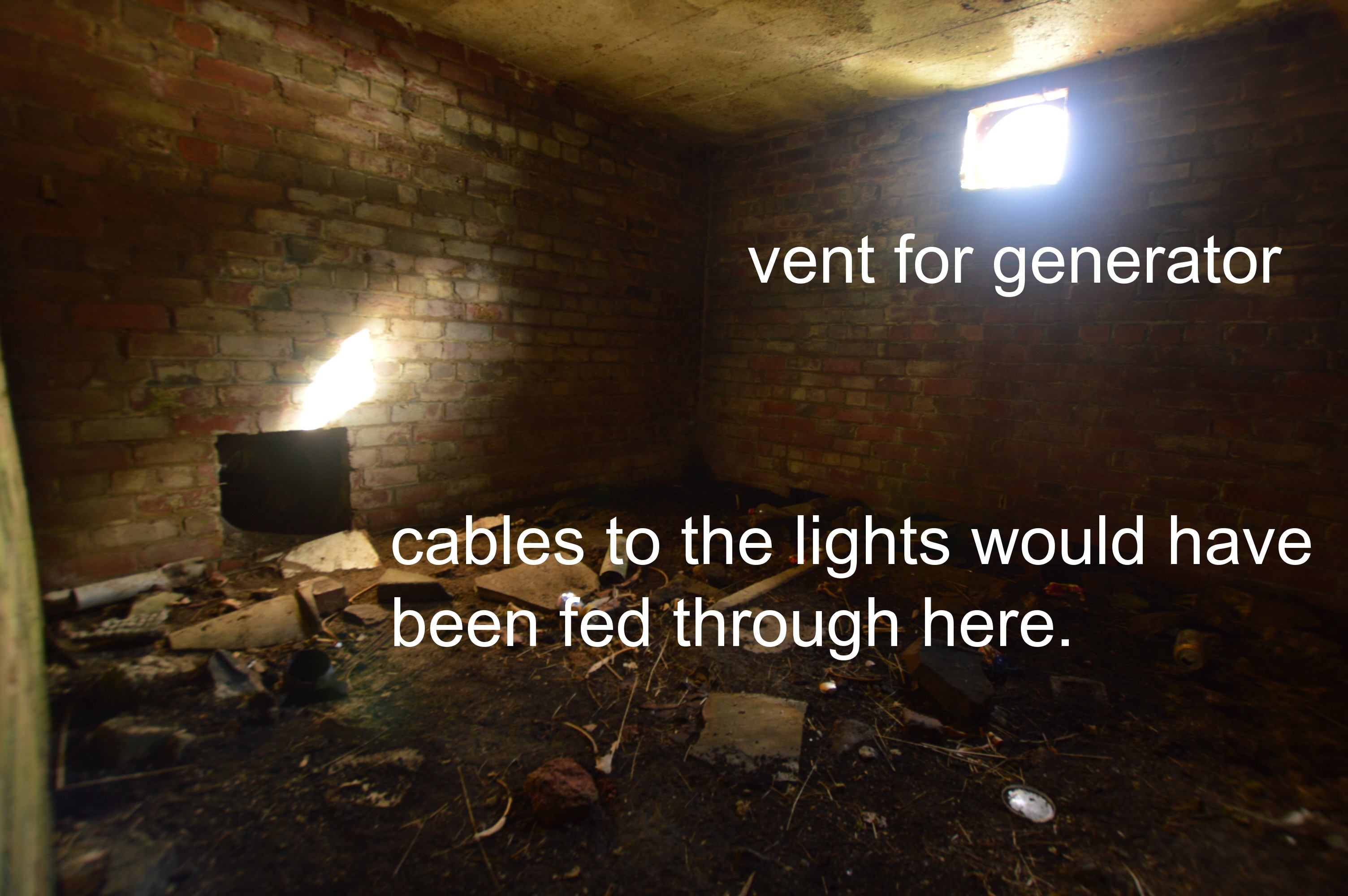
Below; This grassed over lump is the remains of the Haslingden control building at SD 76326 23073, behind the row of buildings at Heap Clough on Grane Road.
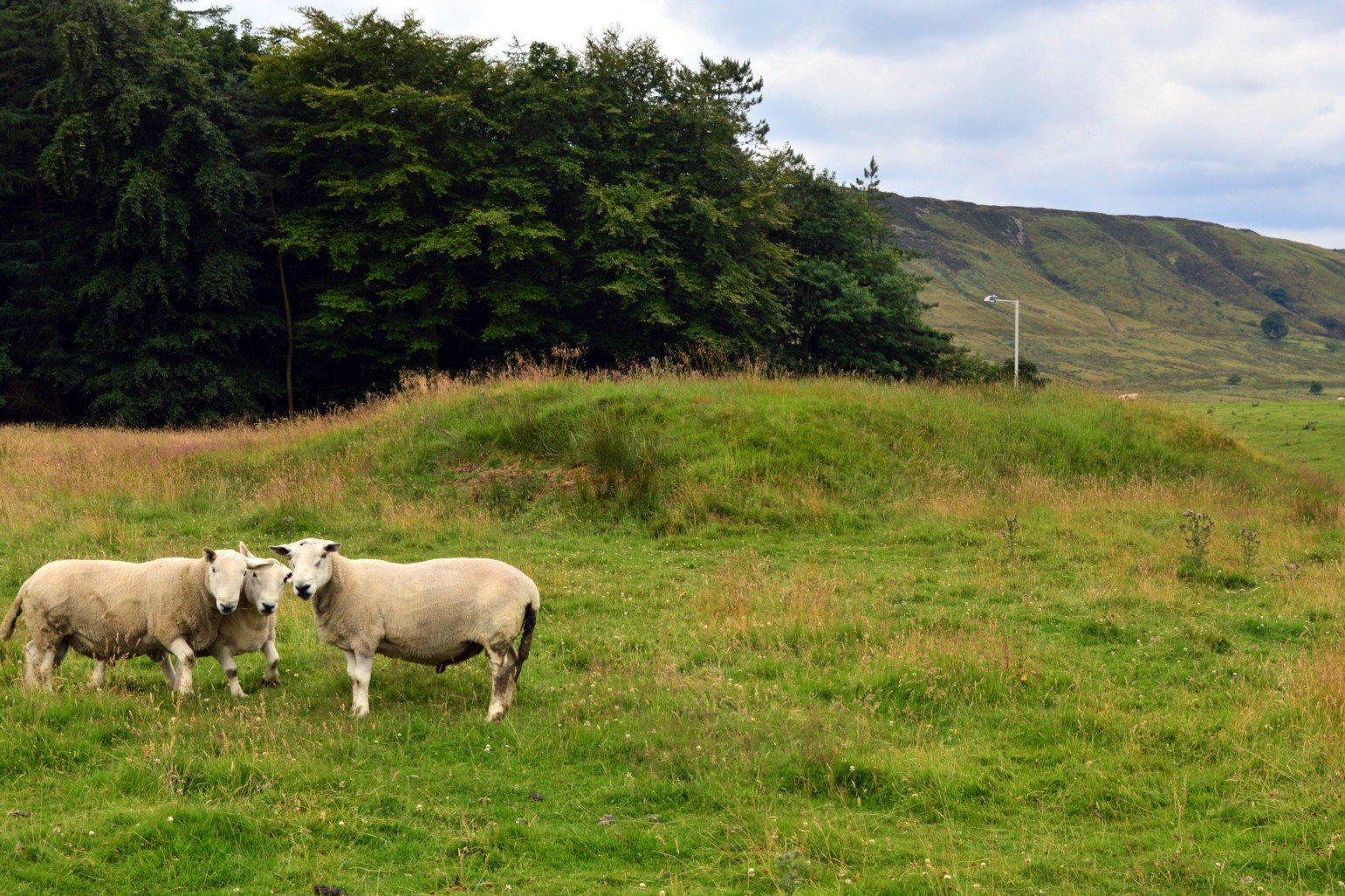
The decoy at Haslingden consisted of some mock railway wagons in a field below the ruin of Far Priestentax farm with the control building just off Grane Road. The wagons would have been lit to represent the railway marshalling yards at Blackburn. The site was apparently never activated.
Below; photo of the RAF crew from “The Spirit of Haslingden and Helmshore: The 20th Century in Photographs” (Chris Aspin and John Simpson, 2004). The authors note that the tree at top right marks the ruin of the farm and that the men used an old pig sty as a shelter.
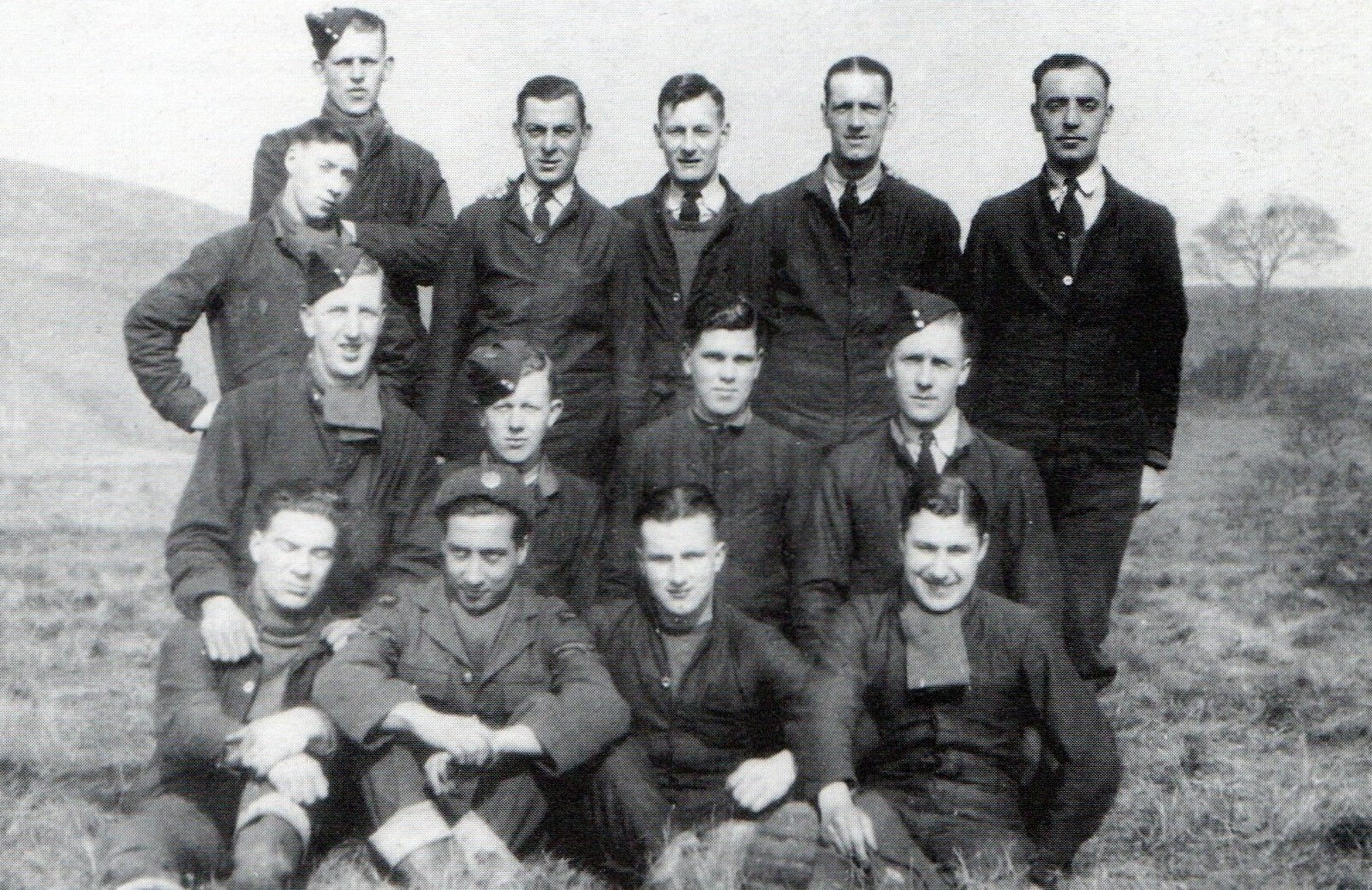
Below; Photo taken from roughly the same position as the old photo above.

I found no traces on the ground apart from a bit of corrugated metal sheet which may have come from the pig sty used by the crew? It’s possible. Unlikely, but possible.

Below; Looking towards the decoy site (SD 76225 23777) from Far Priestentax.
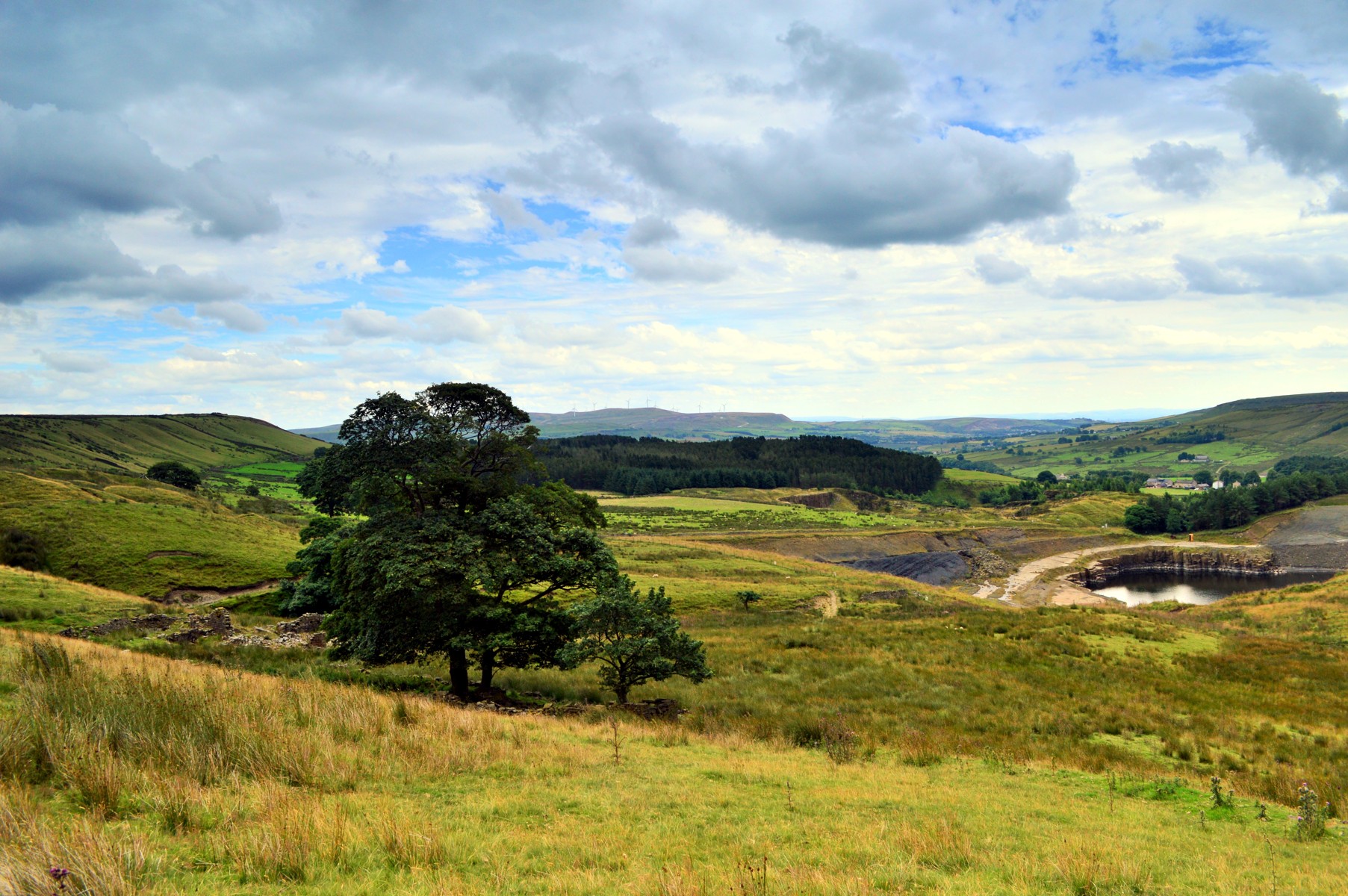
Below; Worsthorne Starfish control building, grid reference SD 883 324

Below; These 3 photos are at Hameldon Hill. SD 809 287; Dobinson’s grid reference is a good 200m north of the rough semi-circular field which English Heritage identifies as the site, even though they have the same publisher. See link at bottom of this page to the English Heritage page.
I scoured the Hameldon Hill field but found nothing except at 80988 28322 the red bricks and bits of pipe – a building of some sort was there once. Or it could just be a tip?

Running west from this point is a line of hollows. A geological feature, evidence of mining in the area or something to do with the decoy?
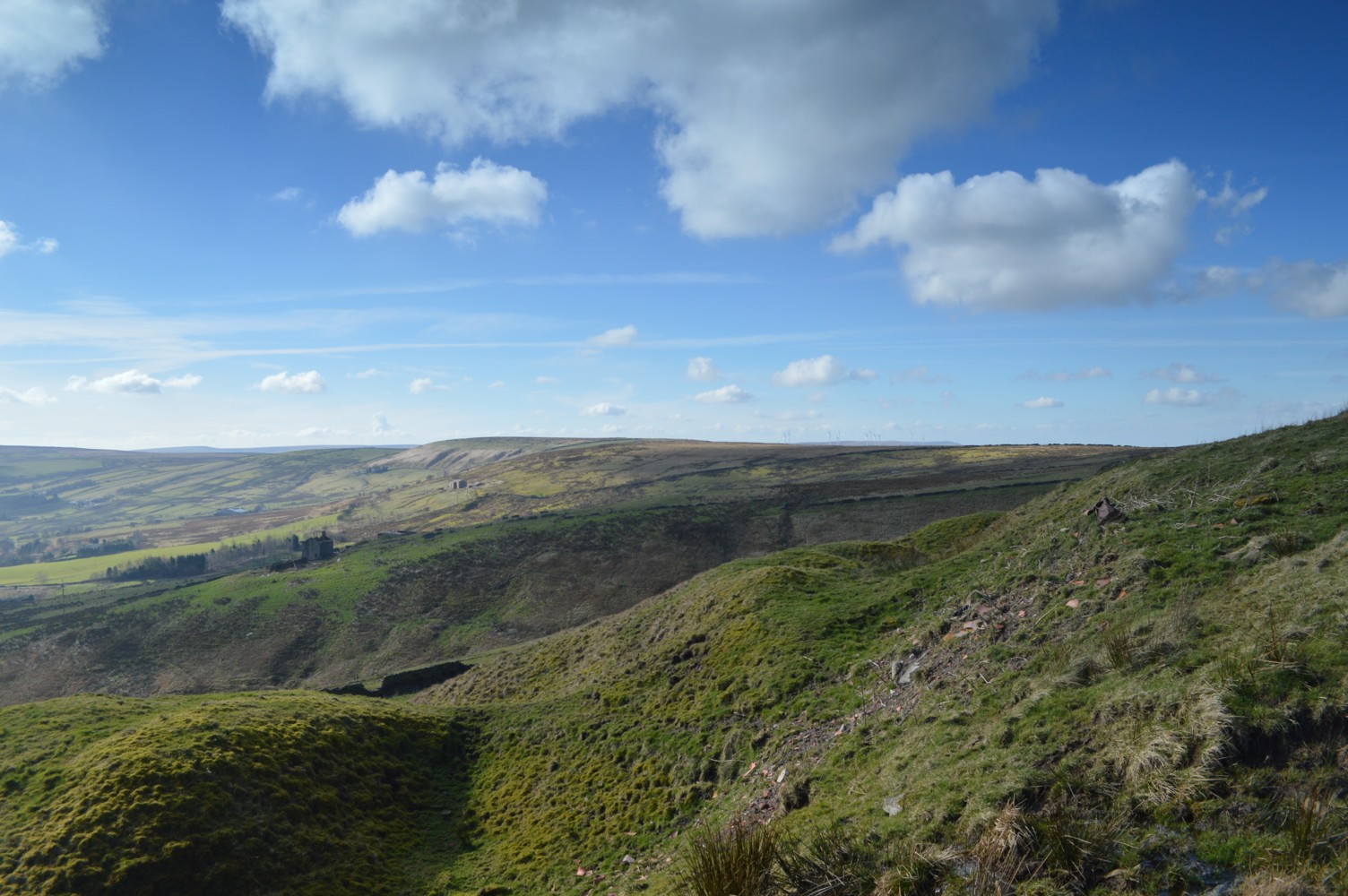

The site at Crown Point south of Burnley is at SD 845 288. We found only scant evidence when we looked last year (some red bricks are used as kerb stones by the road, it is probable they are from the demolished control building). Rick of Lancashire at War had more success when he visited.
I have no photos from this site though clicking on this Google Street View link to Crown Point Road you will be able to see the red bricks making the kerb.
This is a quote from an internet message board from 9 or 10 years ago, a memoir of a boy who lived locally;
“A large expanse of desolate moor land to the south of Burnley was cordoned off and guarded 24 hours a day and a good sized mock industrial complex of plywood structures erected. Each of these mockups contained a single electric light bulb and enough discreet chinks were provided to wink an attractive target from the air at night.
The construction, maintenance and guarding was accomplished by a detachment of RAF all of whom were from Northern Ireland, who were voluntarily billeted with local residents living on the southern fringes of Burnley. My auntie Clara and uncle Jim Howarth housed two of them in their home on the southern fringe of Burnley not far below Crown Point (the government provided special ration allowances – but that was all) – A/C Billy Russell and A/C Sidney Watters. They were fine men and became good friends of the family.”
source
It is interesting to note the bit about the light exposed to the sky being just enough to attract the attention of a bomber crew. Too much light would obviously be a decoy, what was intended was meant to replicate a door opening in the night or a badly fitted blackout screen.
On the night of October 12 1941, the Crown Point decoy appears to have successfully diverted bombs away from Accrington. However the risk of a direct hit on the shelter buildings was always a possibility and this is apparently what happened, with one RAF man being killed and 3 other people being injured. This was the same night Oldham suffered its worst air raid leaving 27 dead and 16 more severely injured.
Decoy sites spread across the country, the first defending ports, then towns and cities and airfields, some to protect specific places such as the Ordnance factory at Blackburn.
The Army decoy for Blackburn is close to the Haslingden site and is at SD 736 238. It appears unconnected with the Accrington Starfish sites however. This is the listing given though the building shown here is a few hundred metres to the south west of the trig point on Rushy Hill.
Please see Lancashire at War for more photos of this site and regarding the Royal Ordnance Factory at Blackburn, which the decoy was to protect.
Below; Photos at the Army decoy control building for the ordnance factory at Blackburn sited at Rushy Hill at SD 734 235
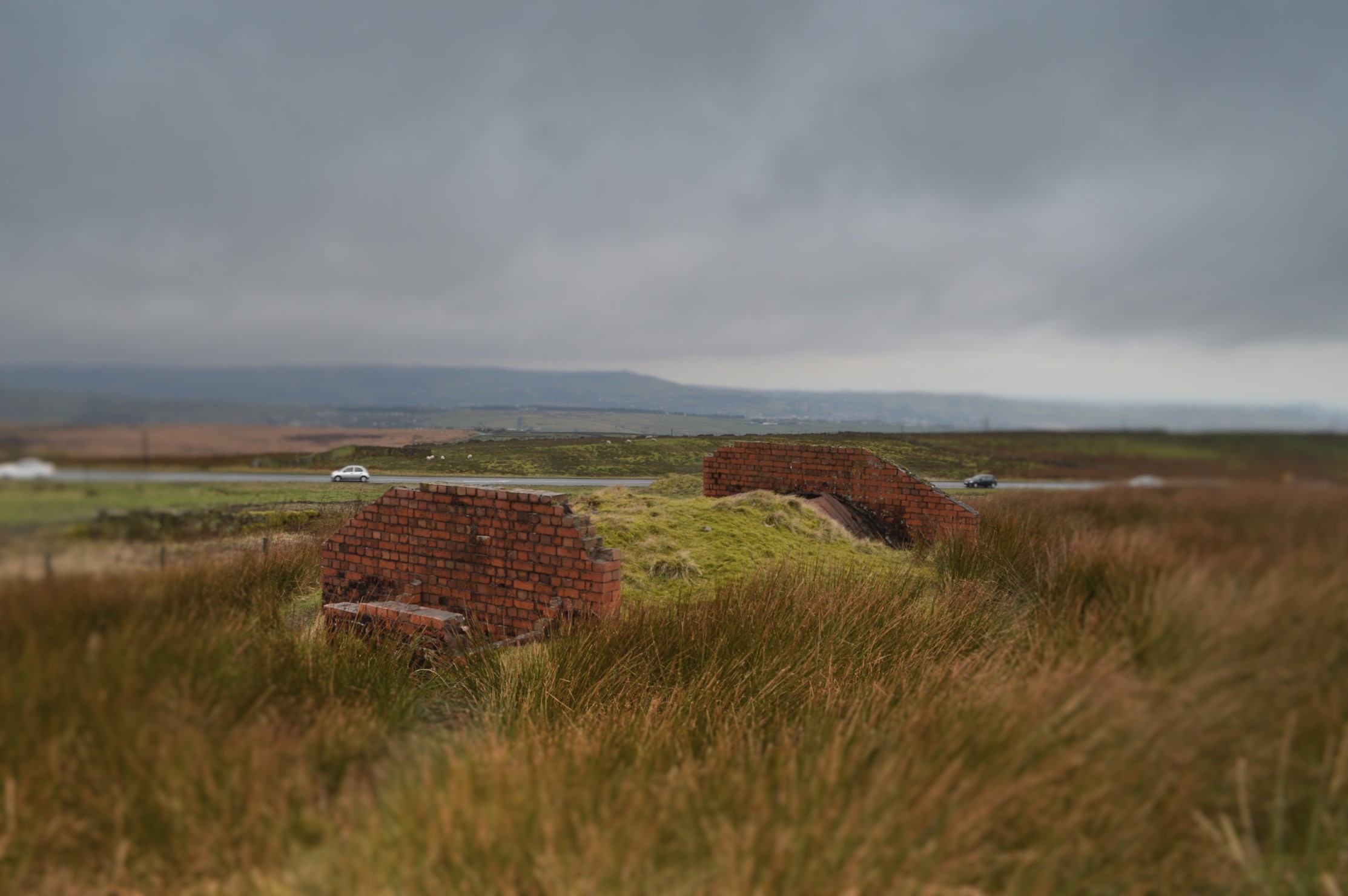

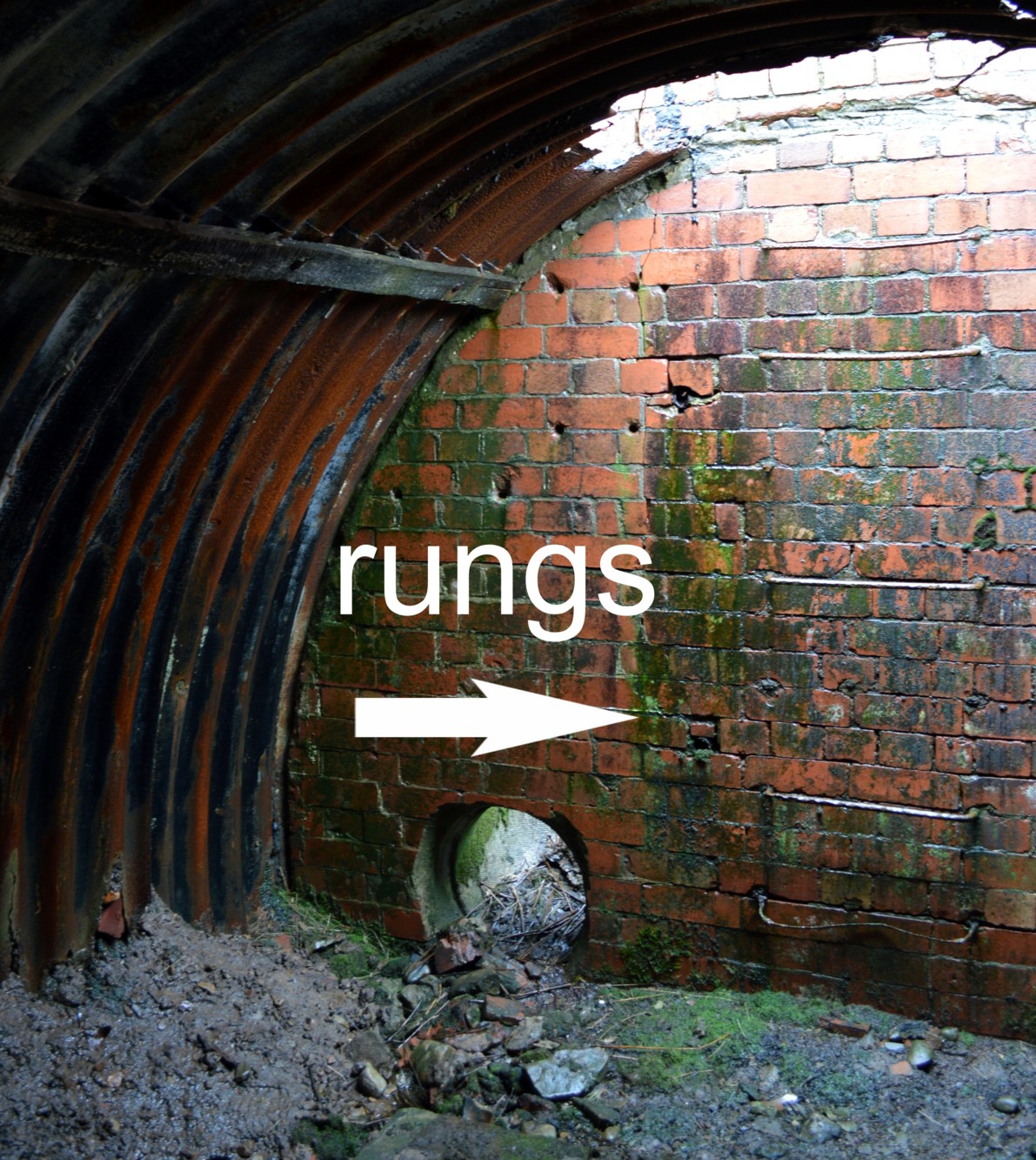
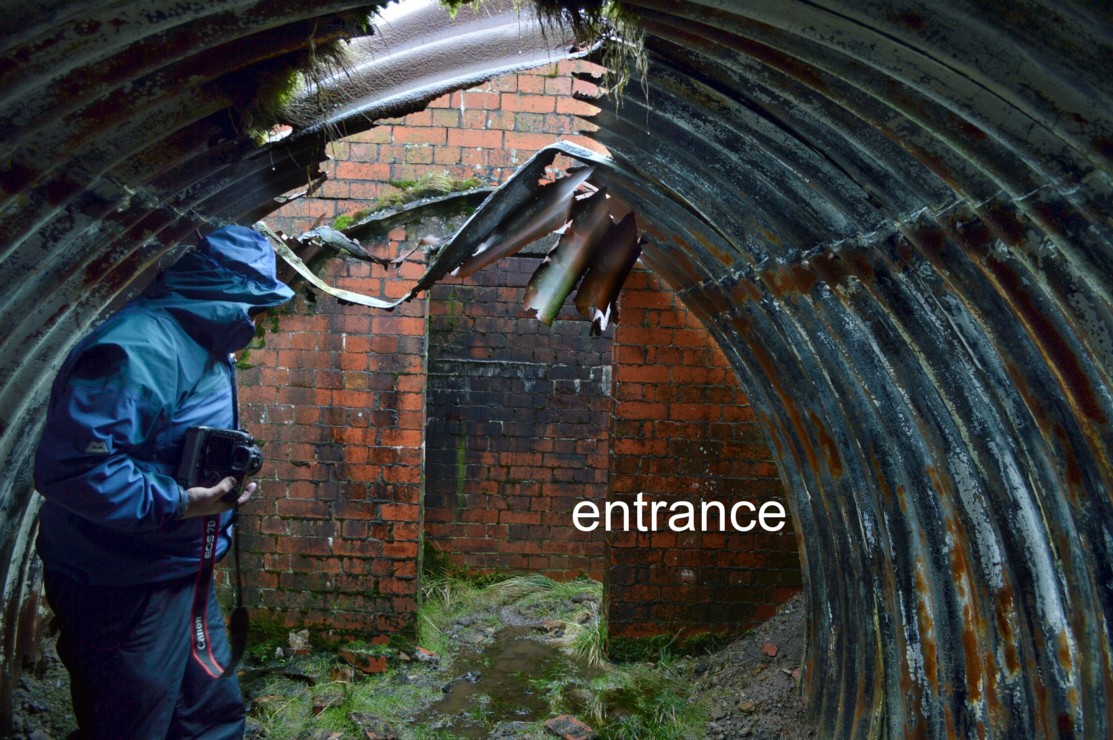
Below; The bomb symbols show where bombs fell on this part of Lancashire during the war. The size of the symbol has no bearing on the tons dropped or the type (high explosive or incendiary) dropped, but the 3 black ones show where there were fatalities. The circles show the 5 Accrington decoys plus the one at Rushy Hill for Blackburn. Note the source of information – a larger map showing where bombs fell on Lancashire during WWII – is no longer available online as of January 2024.

Decoy sites were grouped around a ‘parent’ decoy for an area. The above 5 sites (Accrington, Haslingden, Hameldon Hill, Worsthorne and Crown Point) came under Accrington. This is the decoy at Cragg Vale which was an outlying site under Leeds. It protected the railway marshalling yards at Halifax.
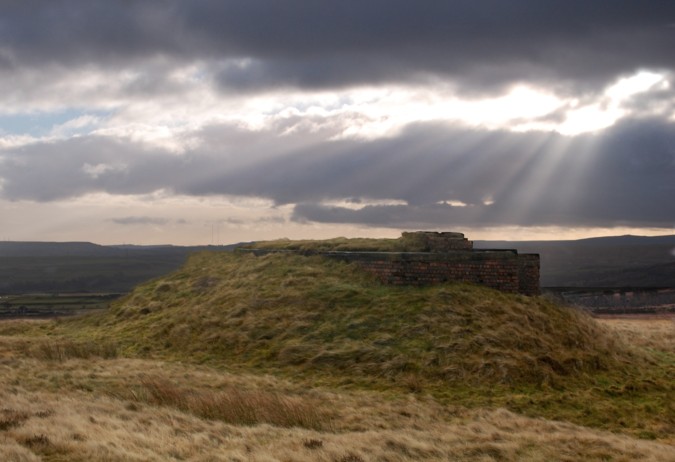
Below; inside the Cragg Vale control building

MORE
Short video on Youtube about the Starfish site at Whixall Moss in Shropshire.
English Heritage page about Hameldon Hill.
Book; Fields of Deception – Britain’s Bombing Decoys of the Second World War, Colin Dobinson, 2013
6 comments on “WWII bombing decoy sites in the South Pennines”
Leave a Reply to Joe M Cancel reply
Image Information
-
Full Size: 1906×1271px
Aperture: f/8
Focal Length: 12mm
ISO: 200
Shutter: 1/200 sec
Camera: NIKON D3200


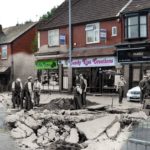
Worsthorne site. In the rising ground to the east of the site are traces of earthworks, channels and the corroded remains of riveted steel tanks which could well have contained the flammable materials for decoy fires.I spent some time wandering around the area earlier this year.
Hope this is of interest.
Hi Joe, thanks for that. It is very interesting. I wish now I had asked for permission from the landowner and taken a closer look. It is now on my to-do list!
Ian
Very interesting Ian, live locally in Blackburn and I wasn’t aware of any of these. Thanks for contributing towards recording their History.
Hi Tony, thank you very much for your visit and comment. You have reminded me, I need to add a detail read in a book a while ago – memoir of a Luftwaffe pilot in an air raid (can’t recall where, should find it again) in which he commented on ignoring the decoy lights he could see below as they approached the target.
Ian
I own the land in Whalley where we believe there are 4 distinct landing sites of bombs. Large craters which aren’t natural. Metal detector oats found remains of shells when they visited. This may be of interest. Please contact me if you’d like to visit the site. Apryl Keenan. Whalley.
Thank you Apryl, I have sent you an email.
Ian